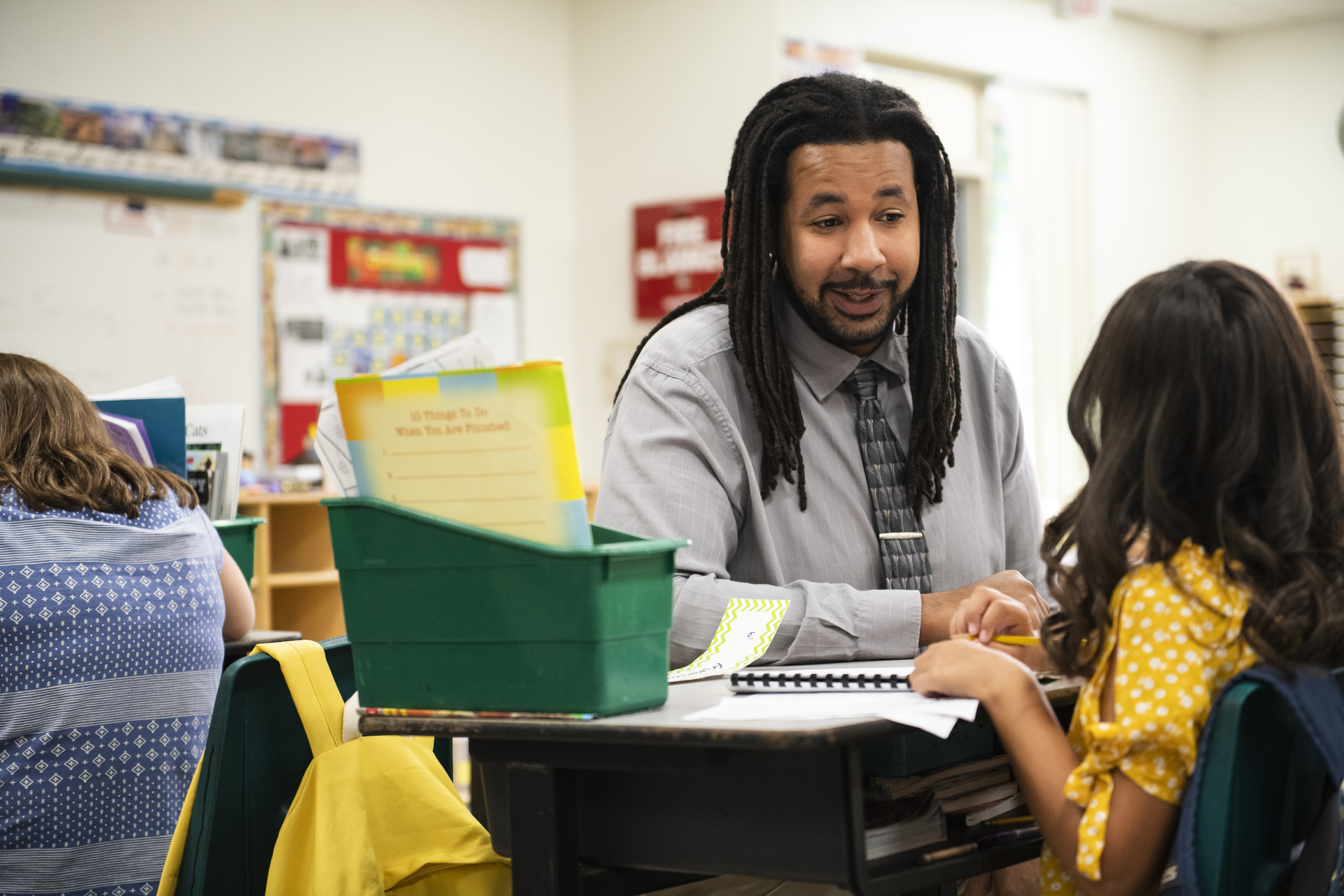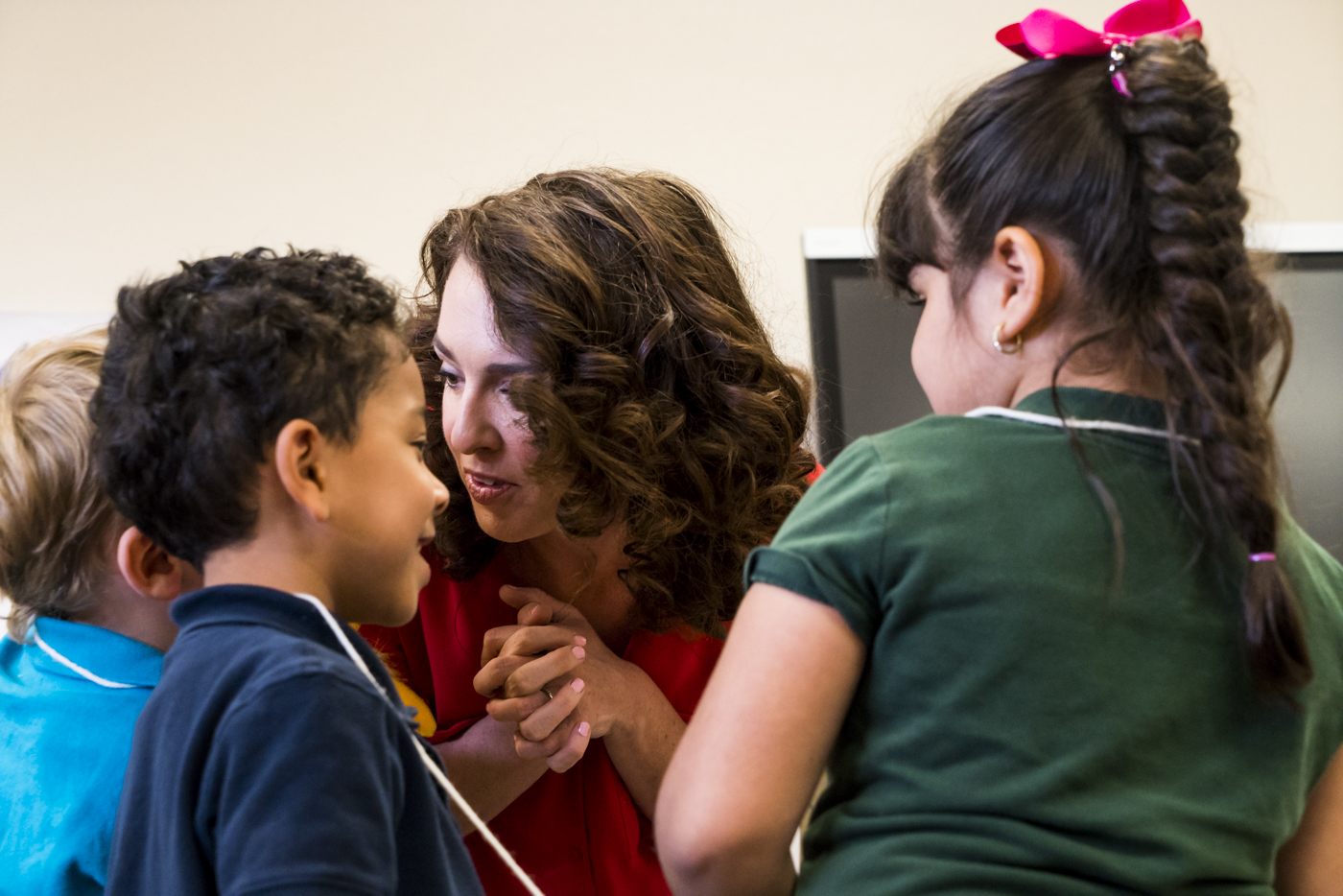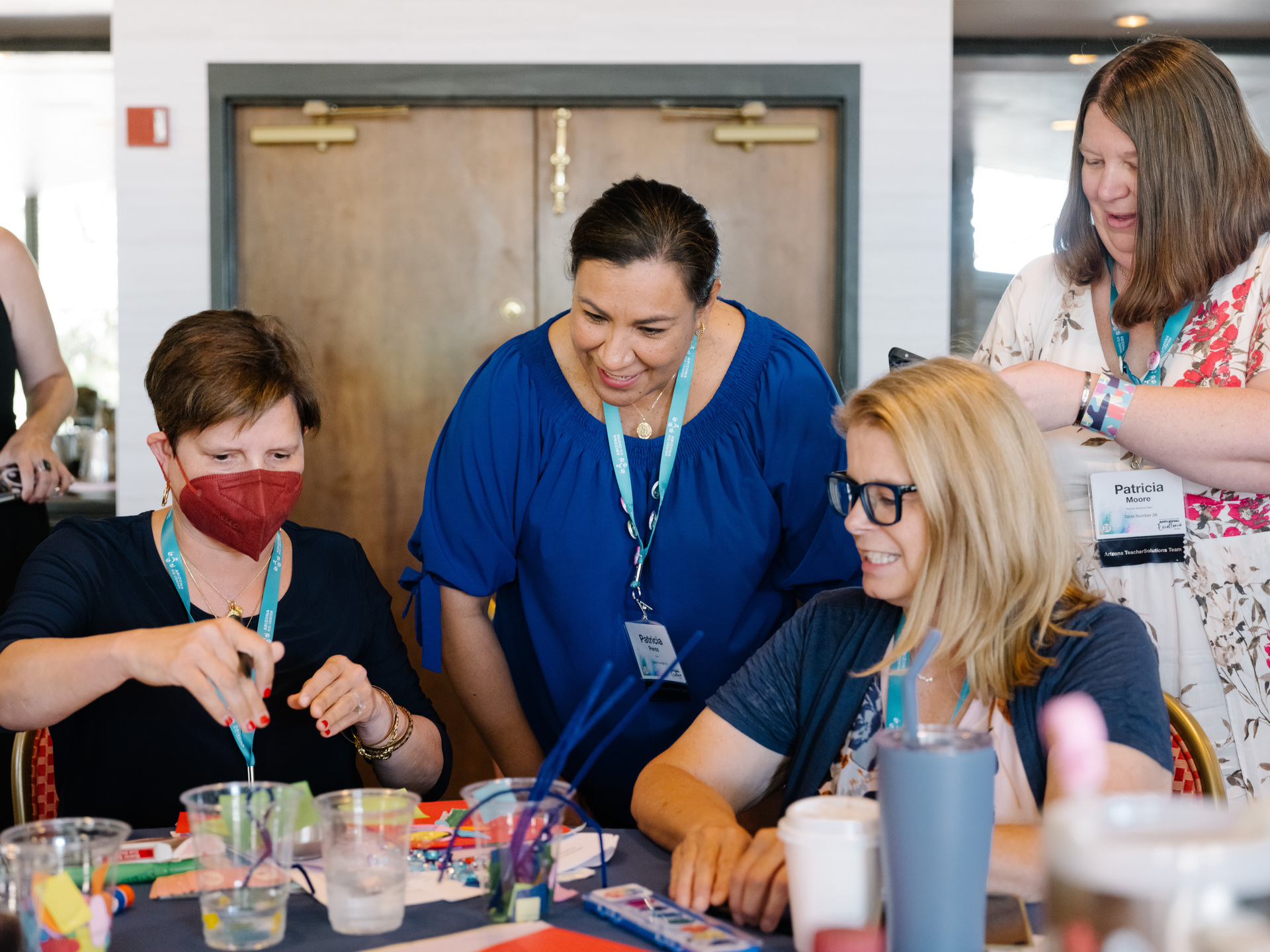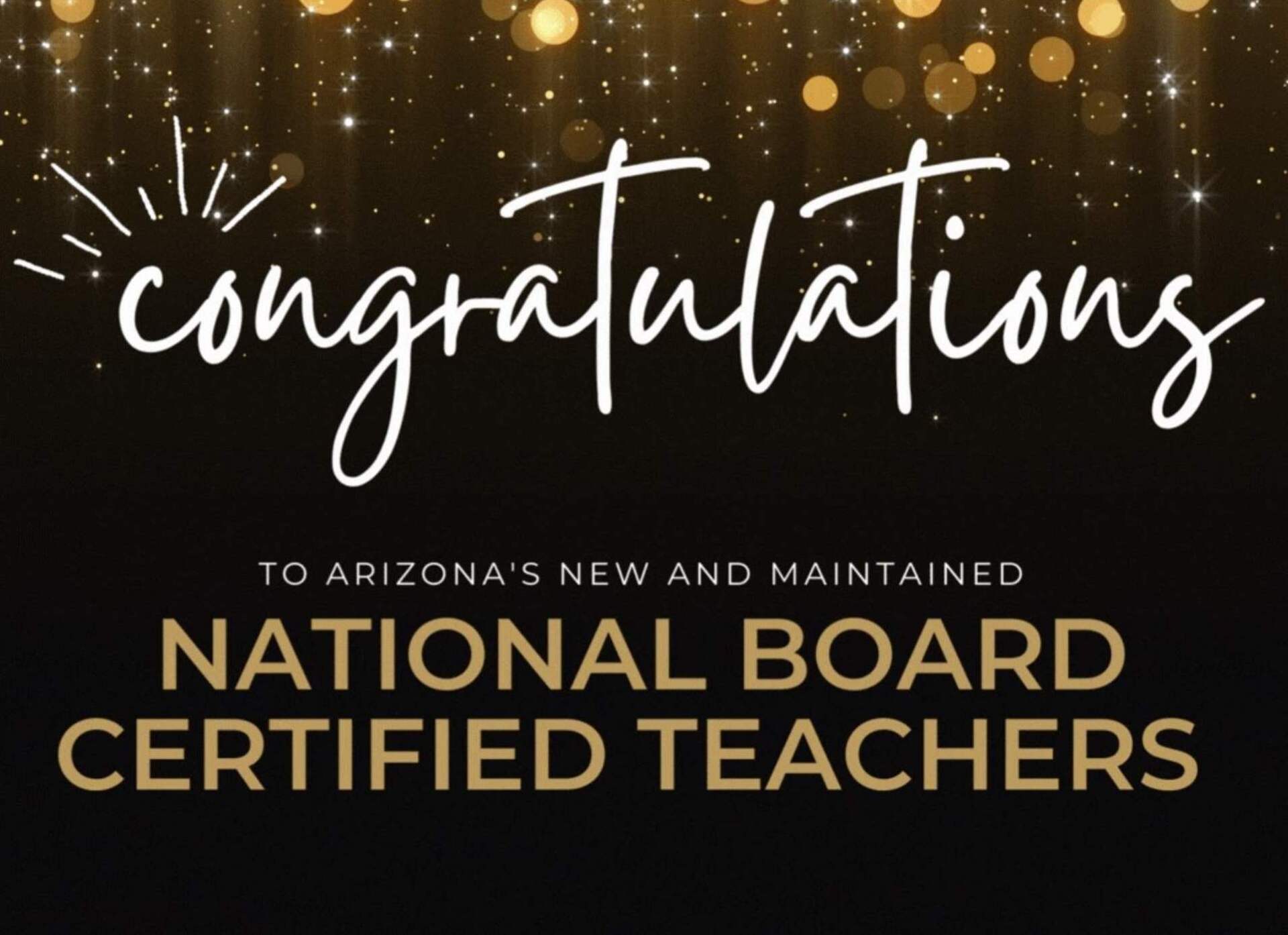Four Tips for Teaching English Learner Students
With more than eight working with English learners, and more than 12 in education, Inez Ramirez has accumulated a wealth of knowledge about teaching English learner students, especially those in kindergarten and first grade. She has approached her work at Maricopa Unified School District armed with not only learning from conferences, books, and colleagues but also from her own memories of being a young English learner.
Here are four specific strategies Ramirez uses and recommends for working with English learners.
Keep in Perspective Your Students’ Experience
Understanding your students’ perspective is pivotal. English learners may feel overwhelmed and anxious in a new environment where they don't understand the language or culture. Creating a safe and welcoming environment can help them feel more comfortable and ready to learn.
“Knowing that my students are coming in, especially when I was a kindergarten teacher or first-grade teacher, and it’s their first time encountering the language, I need to put myself in their shoes to see what can I do to make it feel safe and help them feel that this is going to be fun,” she notes.
Students should feel that they belong in that classroom. That includes how the classroom is set up specifically for those learners and also how a teacher welcomes them to that room.
“Welcome to my classroom, and this is also your classroom,” Ramirez tells students. “We are going to do a lot of learning, and it’s OK to make mistakes in here.”
Visuals
Label everything you can in your classroom with both the English word and an image of the object itself. Including the image helps clarify what the word is referring to and allows students to connect the image with the word in their primary language.
Anchor charts, thinking maps, and other visuals can also help students connect English words with objects and ideas.
Students can also use visuals to communicate back to you or others, especially when working with kindergarten or other young students. Ramirez would supply each student with a small whiteboard and marker to be able to draw something they may not know or remember the word for.
“I learned very, very early that illustration is writing,” she says. “That’s where you start first with your thoughts.”
Modeling
On that first day of school or anytime you’re introducing a classroom procedure, take the time to slowly model what that procedure looks like.
In her classroom, Ramirez would guide students through procedures, demonstrating how to hang up your backpack and where to place your water bottles, for example, while also placing the labels for “backpack” and “water bottle.”
Slow Down Your Material
English learners need more time to process and understand new information. It's important to slow down and chunk material to make it more digestible for them.
“There’s a scope and sequence in every district,” Ramirez says, “and you try to stay as close as possible to the timeline. But it’s so important as an EL teacher to give yourself permission to say, ‘I need to slow it down because I’m looking at my data and I’m looking at my students and I need to meet those needs. So, what do I need to adjust and modify for me to meet the needs of my students?’”
Pair these suggestions with the ideas to get to know your English learner students at this link.











